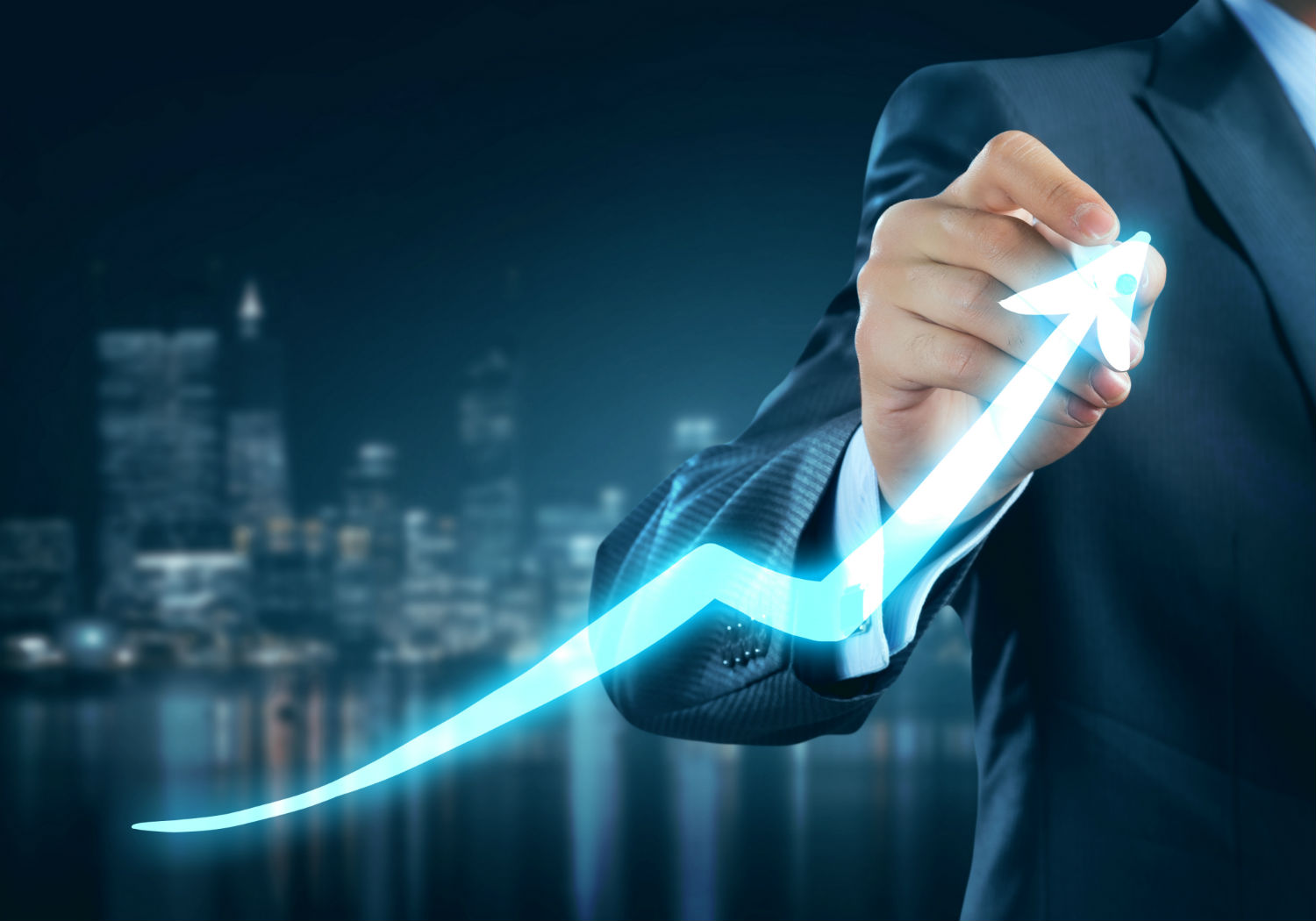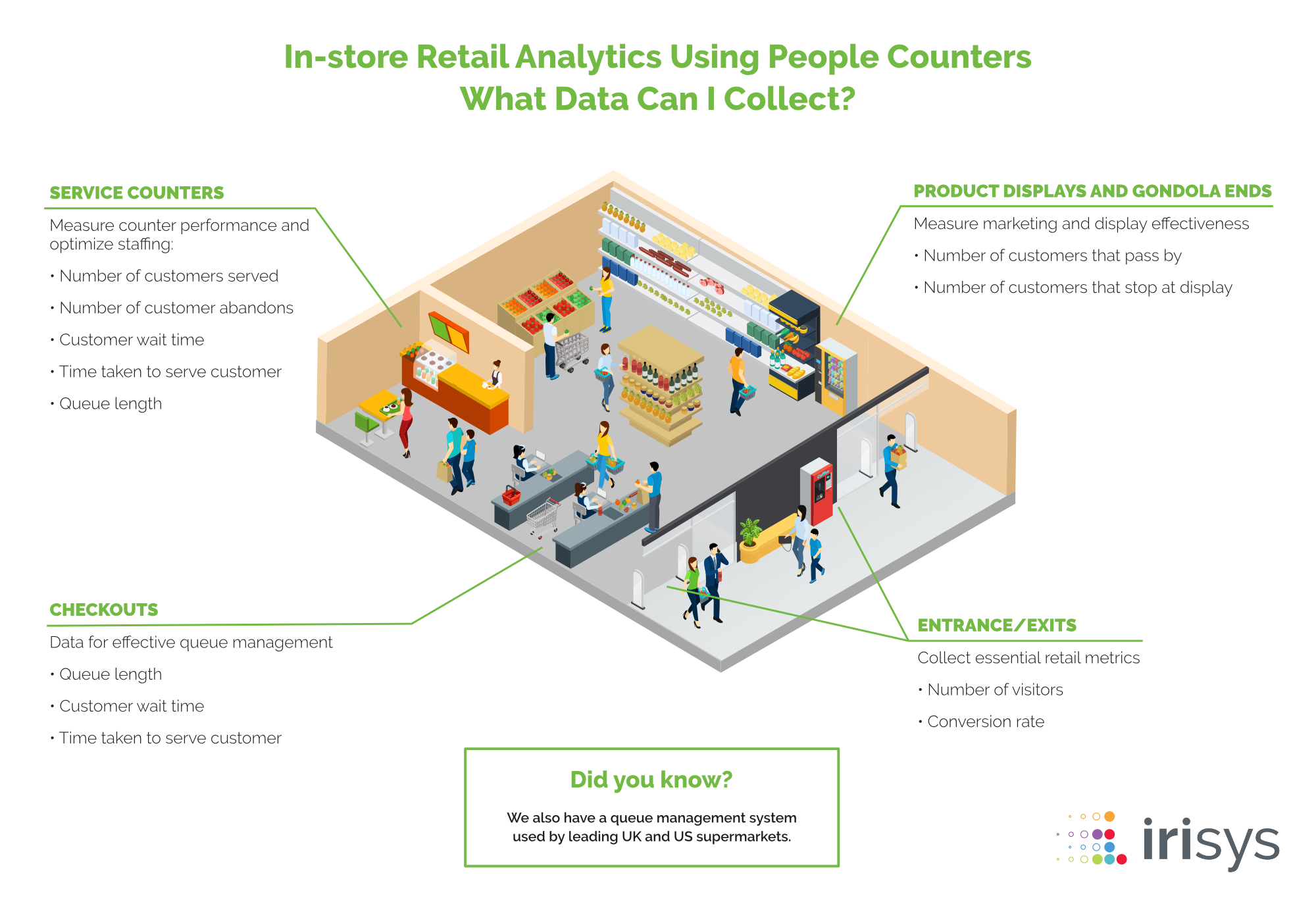In the digital world, working out how many visitors a store has, how those visitors use the online store and what promotions are delivering results is fairly easy to do. But what about the real world? If you have a bricks and mortar store how do you gather the kinds of retail analytics that can generate essential insights for driving sales and making essential decisions about marketing and spend?
The answer is footfall counters.
Footfall counters are everywhere
People counting technology has already been rolled out to public spaces such as train stations and museums, as well as thousands of retail stores. These are systems that enable retailers or station operators to keep track of the numbers of people passing through. Infrared time of flight technology used on the Vector 4D people counter accurately counts people who pass by its sensors, analysing whether people are coming or going and measuring how long they spend in certain areas. It even detects staff and removes them from count data to ensure it reports only the most accurate data.
The concept of footfall counters is simple enough – monitoring visitor numbers – but how do they actually deliver results?
How do footfall counters work
Footfall counters, also known as people counters, are sensors that capture movement and combine this with software to help produce a range of metrics. Accurate and repeatable footfall measurements can provide key business data that allows a store to calculate certain crucial metrics, for example:
- The conversion ratio of your store (total sales transactions divided by total traffic)
- Footfall patterns within a particular store
- The way a store compares to others within a global network
LEARN MORE ABOUT FOOTFALL COUNTING
Why do footfall counters work?
The information that is generated by footfall counters can be used to deliver genuine ROI to a business. For example, it can be employed to optimise the way that the store is laid out and to reorganise staffing levels to improve efficiency.
Footfall data also plays an important role in helping to boost levels of customer service – the more insight you have about the way customers behave in your store, the more you will be able to deliver the kind of service that will convert them into loyal and permanent customers.
A footfall counting case study
One great example of the way that footfall counters work comes from an international store that had been hit hard by the recession. People counter technology enabled the store to see that half of its customers left without buying anything and that staffing levels were excessive during hours when traffic was low.
Thanks to people counting technology, the store also noticed that conversions dropped by 5% when there was no store manager around.
With this kind of information, the store was able to make adjustments to customer service and staffing that delivered a sizeable increase in performance and helped to combat the effects of a negative economic environment.
Share this
You May Also Like
These Related Posts

How People Counters Improve Your Bottom Line
Retail Technology: Why People Counters Alone Are Not Enough

In-store Retail Analytics Using People Counters - What Data Can I Collect?
Connect with us
Need more information? Ready to get started? We're here to help, get in touch.


